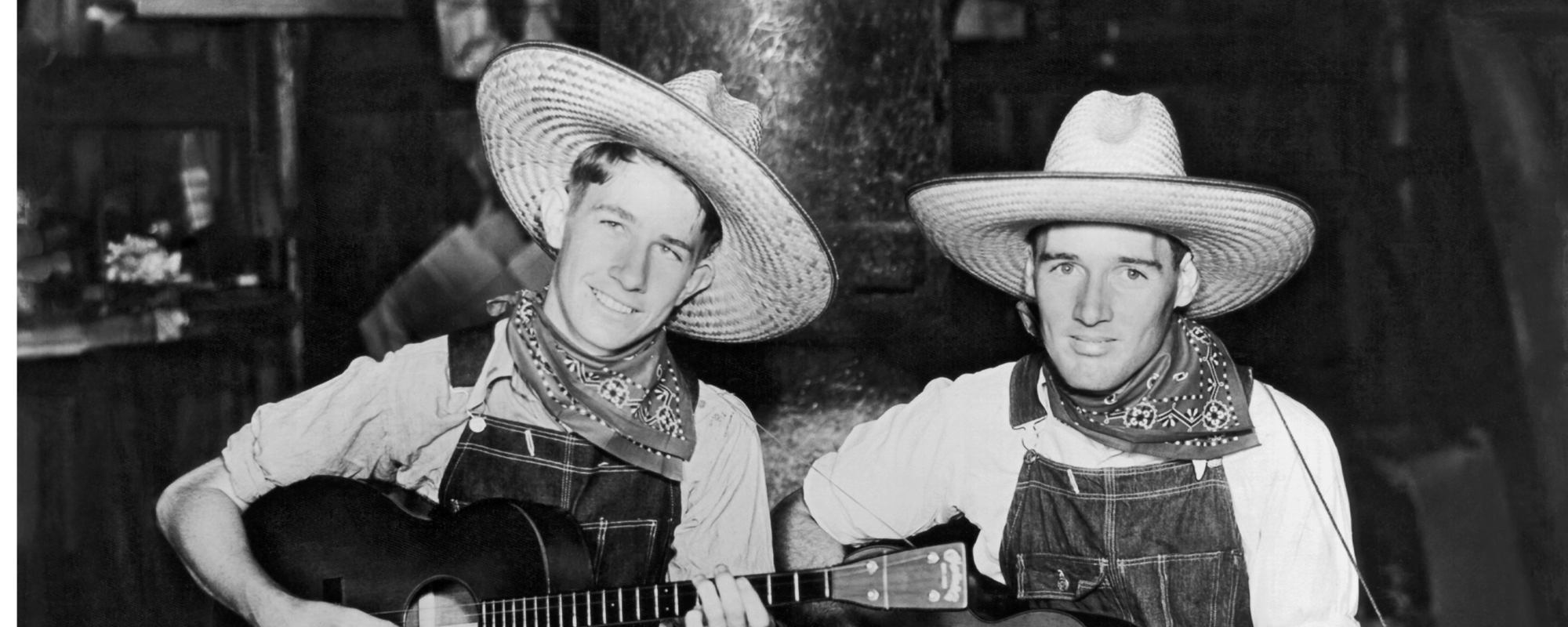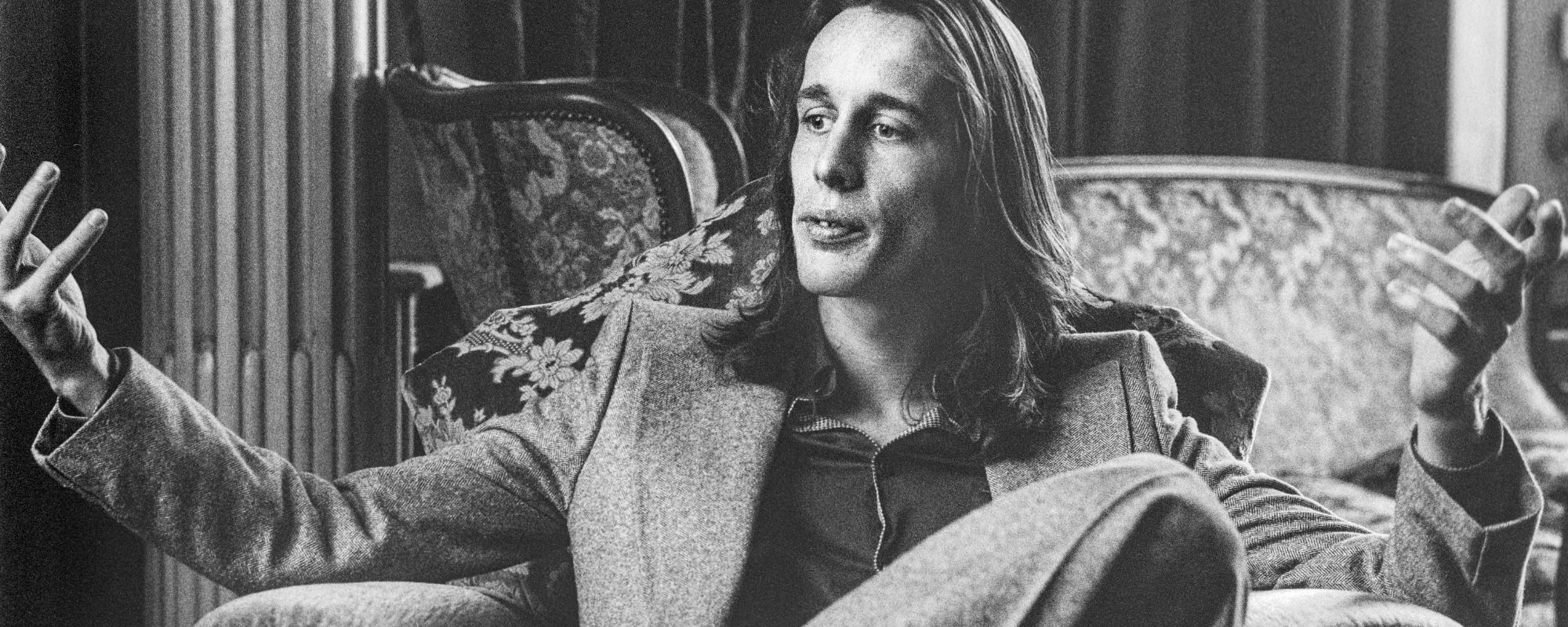Just under six centuries before Led Zeppelin’s “Stairway to Heaven” would change the sound of rock ‘n’ roll forever, a 15th-century Welsh prince was leading a rebellion that would garner him the title of the “Welsh Braveheart.”
Videos by American Songwriter
Fascinatingly, the same Welsh countryside Owain Glyndwr led a rebellion for would be the landscape that inspired the British heavy rock band to write one of their most stunning ballads.
The connection between Led Zeppelin’s signature song and the Welsh prince is no coincidence. In fact, the band’s frontman, Robert Plant, is an active member of a society that dedicates itself to learning about, celebrating, and honoring the almost mythological historical figure.
How the Welsh Countryside Inspired Led Zeppelin’s “Stairway to Heaven”
According to popular rock legend (and varying accounts from the bandmates themselves), Led Zeppelin crafted their iconic hit, “Stairway to Heaven”, while spending time at Bron-Yr-Aur, an 18th-century cottage just outside of Machynlleth. From their vantage point atop the Dyfi Valley, Robert Plant and Jimmy Page wrote much of the material for Led Zeppelin’s third and fourth albums. And indeed, one could hear their rustic surroundings in some of the albums’ sparse arrangements.
“After Led Zeppelin I and II, the fans were expecting another beefy album driven by heavy guitar riffs,” music journalist Jonathan Wingate explained to the BBC. “But without any electricity to power big amplifiers, what theta actually came up with was something which sounded much more acoustic and pastoral. When you listen to it, you just have to close your eyes, and you can hear the echoes of this remote country house. It’s an album which you can hear the echoes of this remote country house. It’s an album which you can imagine [the band performing] around a crate of beer in front of a roaring log fire.”
Notable “folky” offerings include “Friends”, “Tangerine”, and “Bron-Y-Aur Stomp”. Led Zeppelin IV featured similarly non-rock tracks like “Going to California” and (some parts) of “Stairway to Heaven”. “I’ve interviewed Jimmy Page and Robert Plant about this,” Wingate said, “and they both say that the time they spent in Bron-Yr-Aur was the first opportunity they had to properly get to know each other. When they finally got to take stock in such tranquil and picturesque surroundings, they got to explore exactly what it was they wanted to get out of their music.”
Robert Plant’s Fascination With a 15th-Century Prince
The same rolling countryside into which Bron-Yr-Aur nestles is the old stomping grounds of Owain Glyndwr, a 15th-century Welsh prince who has since attained a sort of mythological folk-hero status, á la King Arthur. His tireless fight for Welsh independence has linked his legacy to a “royal destiny” in which he, as the chosen son, would lead Wales out from under English rule.
This rebellious, violent, and heroic saga of Glyndwr’s life is one facet of Welsh history that has always fascinated Robert Plant, undoubtedly thanks in part to his many years relaxing in his Welsh countryside cottage. The rock ‘n’ roll vocalist is a member of an Owain Glyndwr network that helps maintain, celebrate, and educate people about Glyndwr’s life and legacy. In 2004, Plant helped fund a bronze sculpture of the Welsh prince at Pennal church, near Machynlleth, the town nearest to Bron-Yr-Aur. The Glyndwr network’s website even has photos of a casual Plant posing next to fellow network members, a tin of biscuits in hand.
In the grand scheme of things, the members of Led Zeppelin and the 15th-century prince could not have possibly led more different lives. But there’s something undeniably intriguing to think of one rebel inspiring a group of four more, hundreds of years later, in the same beautiful landscape.
Photo by Watal Asanuma/Shinko Music/Getty Images










Leave a Reply
Only members can comment. Become a member. Already a member? Log in.